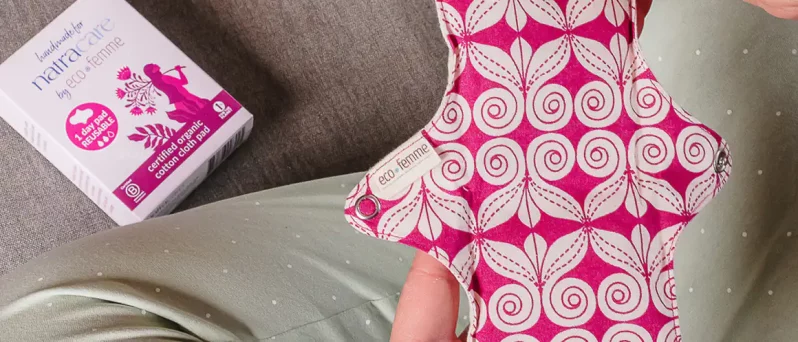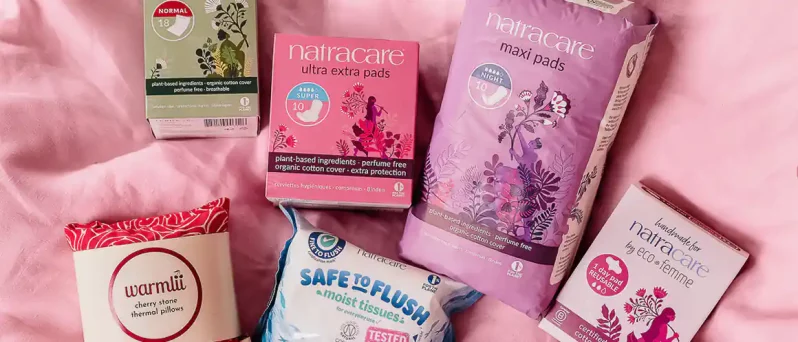A recent study has found that, on average, a single conventional tampon will shed a total of 9.4 billion nanoplastic fibres.
Natracare thinks that this finding, combined with the knowledge of artificial fragrances found in period products and chlorine bleaching that often takes place during production, begs the question: why is there still no regulation around the ingredients of period products?
The study, conducted by Middlesex University, tested 24 brands of tampon, 12 of which were found to contain synthetic plastic fibres. 7 of the 24 tested were also found to shed these plastic microfibres.
This finding comes as no surprise – when it comes to period products, plastics can be found almost everywhere. What’s worse, there’s no current regulation in place that rules out plastics in period products or requires manufacturers to list ingredients in full.
From a health perspective, nanoplastics shedding inside the vagina poses potential health risks to tampon users. 60% of British women and people who menstruate purchase tampons, which means a majority of people with periods in the UK may be exposed to plastic fibre loss with this risk of shedding and any health risks that may follow.
Furthermore, the study estimates that up to 155 quintillion of these nanoplastic fibres are shed each year into the environment, polluting the earth and its waterways. Nanoplastics will always be present in the environment, even being ingested by people and animals.
The problem of these nanoplastics and other plastics in period products is layered. It’s an inherent problem for environmental and health reasons, but it’s also a problem because there’s nothing that states brands must list their ingredients for period products. This removes the consumer’s ability to make an informed choice about the ingredients they’re putting next to or inside their body on a regular basis.
Last year, Natracare partnered with the Women’s Environmental Network to start a petition, asking for this to change. The petition aims to make it a requirement for period brands to list clearly and in full their ingredients. The intention being to help consumers understand if the period products they buy contain artificial fragrances. This study reinforces that regulation is needed urgently. Not only are consumers purchasing period products that are filled with perfumes unknowingly, they may also be buying brands of tampons that contain plastics and will shed nanoplastics while inside them unknowingly.
Visit the petition here: Ingredients should be listed on period product packaging #PeriodNonScents.








